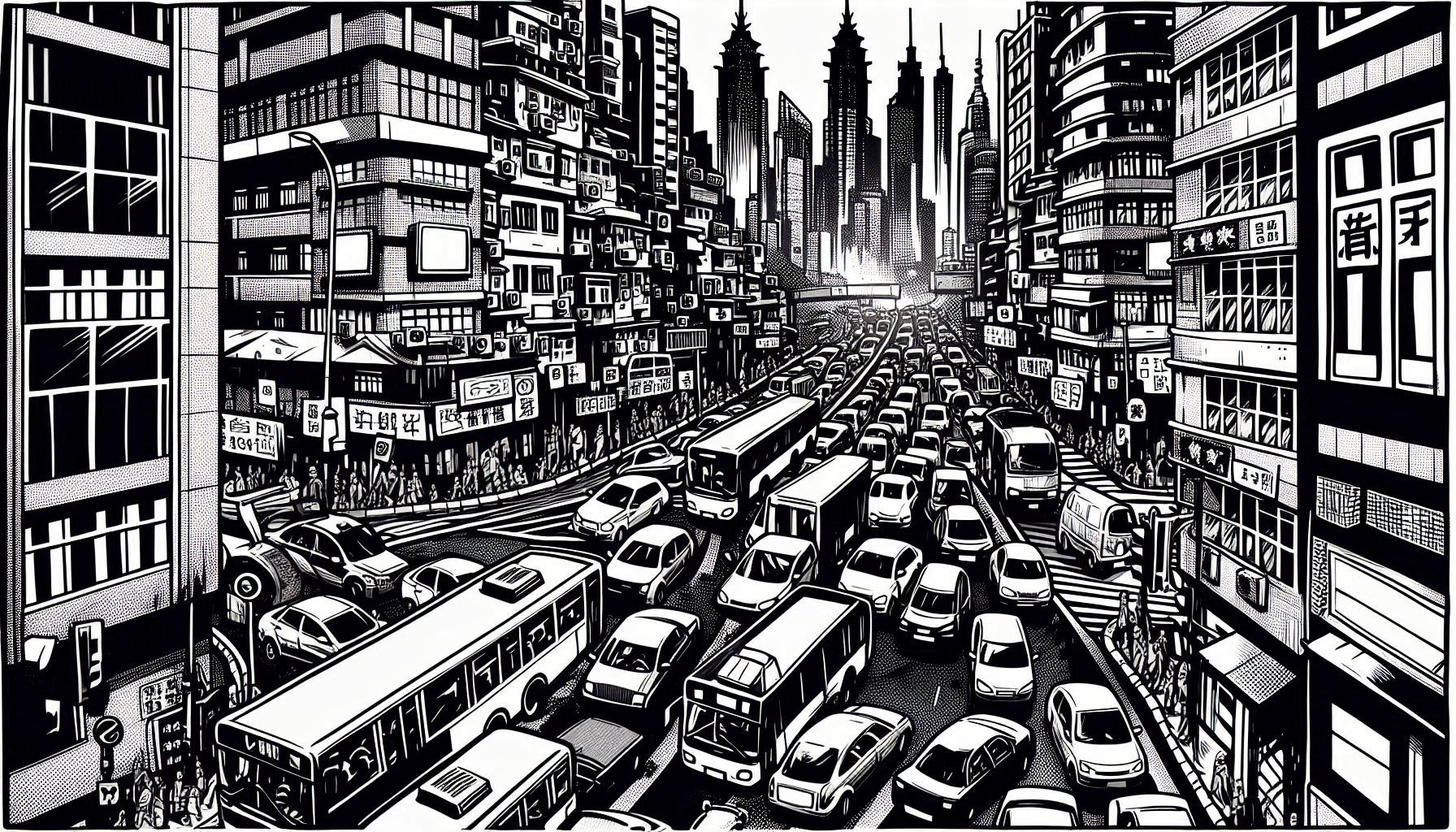If you were not already aware, there is currently a big drive to change the way we move about, and this stems quite a bit from climate change. Transportation has a big role in the impact on climate. More locally to me, transport accounts for 60% of the emissions in my city. You can see why even my city would be looking at moving away from ICE (internal combustion engine) vehicles. But in terms of policy priorities, are we actually getting it right?
The city I live in is Canberra, Australia’s capital. We are a small city compared to some of our brothers and sisters (Sydney, Melbourne), and pretty much all of our growth and development has happened after the car became more accessible.
Since 60% of our emissions are transport based, Canberra has enacted a range of policies to address this. Note, Canberra has focused on other emissions as well, but that’s not the point of this article. Currently, there are no stamp duty applied on ZEVs (zero emission vehicles), and ending next month, new ZEVs receive 2 years free of registration. From July this year the government is moving from a weight-based registration fee to emissions-based registration. This appears to be more of a discount depending on how little your vehicle emits.
So, you might be reading this and thinking, “well Matt, what’s the issue with that, this sounds all good”. It is great if emissions from a tail pipe was the only thing we are concerned about, but it isn’t.
I mentioned before that most of Canberra’s growth has happened when the car was widely accessible. This has help to entrench the behaviour of being car dependant. ACT Government (Canberra’s local government) has talked about this being an issue, stressing about how congestion in the future could cause major issues for the city. It is worth noting that some Canberrans are already seeing congestion issues.
In the local streets of many Canberran suburbs and neighbourhoods, you will find a lot of infrastructure for cars, but not for people. I am talking, missing footpaths, cracked footpaths, missing pram ramps, and so on. Plus, it is worth noting public transport is woeful in a lot of areas of Canberra, many suburbs seeing headways as bad as 2 hours. It is easy to see how Canberrans are so tied to their car, and many can’t see another way. Private transportation has become all that they know.
But this isn’t the case everywhere in Canberra, just like many cities. For the past 7 years I have been living in the inner north of Canberra. Great sense of community, but my favourite thing is how easy it has been for me to live a car free life. Well, a car lite life really. I still need the car for work. But other than that, you will find that I use the car very little outside of work. It tends to be pretty easy to walk around, and we have light rail.
While stage 1 of light rail has been great, the government seems to be moving very slowly when it comes to policies and projects to shift away from car dependency. The full completion of stage 2 of light rail, which has technically been split into two substages, won’t be completed until 2033. This will extend the first stage (Gungahlin to City line) down to Woden. It is worth noting that first stage was completed in 2019, there has been 5 years of no work being completed. This still leaves most of Canberra served by inadequate public transport, unless the government greatly improves its bus service.
Foot paths were not replaced or widen along the first stage of light rail, which was a missed opportunity for improving walkability of a major transport corridor. This is something I have spoken to the light rail team regarding stage 2B, ensuring that they improve those supporting infrastructure along the alignment for walking, cycling, etc.
We are still leaving in unsafe infrastructure for walkers and cyclist. Even along the first stage, there are a couple of dangerous slip lanes with zebra crossings where many near misses has happened between cars and the crosser. Nothing has been done to improve it in the 5 years that LR has been operating.
While it is great that government’s like ACT Government are focused on decreasing our emissions, they are missing a big opportunity to change the way we move about the city and EVs do not really address this.
Note, throughout this article I have referenced walkers, pedestrians, and cyclists. It should be noted that these terms are a catch all for those using the infrastructure including those using mobility aids like walking frames and wheelchairs.
